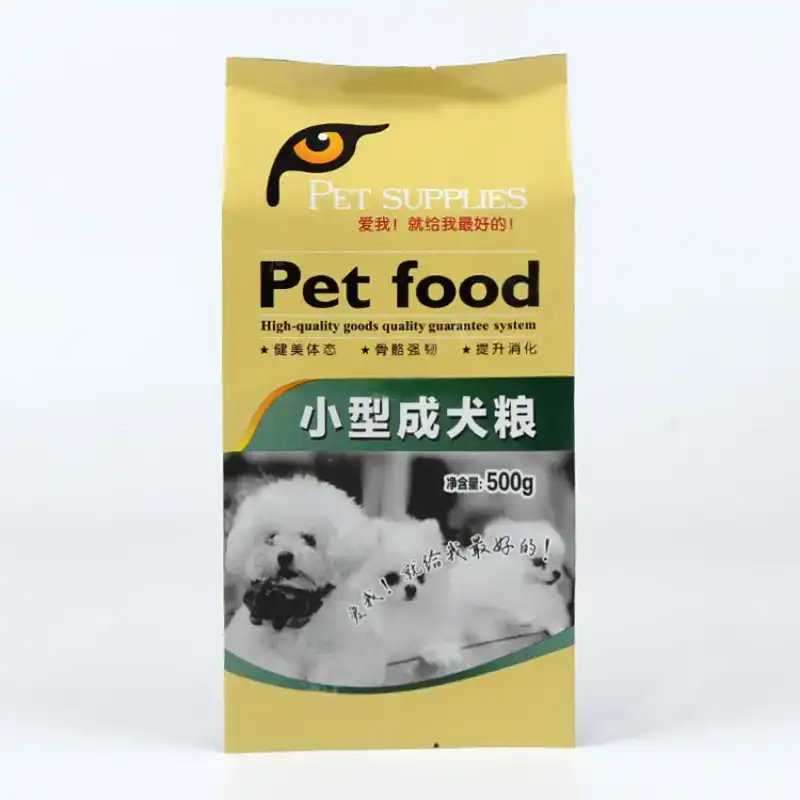Food packaging bags address concerns related to chemical leaching and migration into the packaged food through several mechanisms and considerations:
- Material Selection: Food packaging bags are typically made from materials that are approved for food contact and comply with stringent regulatory standards. These materials are selected for their inertness and lack of harmful chemicals that could leach into the packaged food.
- Barrier Properties: Food packaging bags often feature barrier layers or coatings that prevent the migration of chemicals from the packaging material into the food. These barriers act as protective layers that block the passage of substances such as oxygen, moisture, and odors, as well as potential contaminants.
- Migration Testing: Manufacturers conduct migration testing to assess the potential for chemicals to migrate from the packaging material into the food. This involves exposing the packaging material to simulated food contact conditions and analyzing the food for any detectable levels of migrated substances. Migration testing helps ensure that packaging materials meet regulatory safety requirements and do not pose a risk to consumer health.
- Compliance with Regulations: Food packaging bags must comply with strict regulations and guidelines established by regulatory agencies such as the FDA (Food and Drug Administration) in the United States or the EFSA (European Food Safety Authority) in Europe. These regulations specify permissible levels of certain substances in food contact materials and require manufacturers to demonstrate compliance through testing and certification.
- Safe Additives and Processing Aids: Additives and processing aids used in the manufacturing of food packaging bags must be safe for food contact and comply with regulatory requirements. Manufacturers carefully select and control the use of additives to minimize the risk of chemical migration into the packaged food.
- Packaging Design: The design of food packaging bags can influence the potential for chemical migration. food packaging bag Factors such as the thickness of the packaging material, the presence of multiple layers, and the use of coatings or laminates can affect the barrier properties and overall safety of the packaging.
- Storage and Handling: Proper storage and handling of food packaging bags are essential to prevent potential contamination. Manufacturers and distributors follow strict quality control measures to ensure that packaging materials are stored and transported under appropriate conditions to minimize the risk of chemical migration.
- Consumer Education: Educating consumers about safe handling and storage practices for food packaging bags can help reduce the risk of chemical migration. Clear labeling and instructions on packaging materials inform consumers about proper usage, storage temperatures, and potential risks associated with specific products.
By addressing these concerns through careful material selection, testing, compliance with regulations, and quality control measures, food packaging bags help ensure the safety and integrity of packaged foods while minimizing the risk of chemical contamination.

